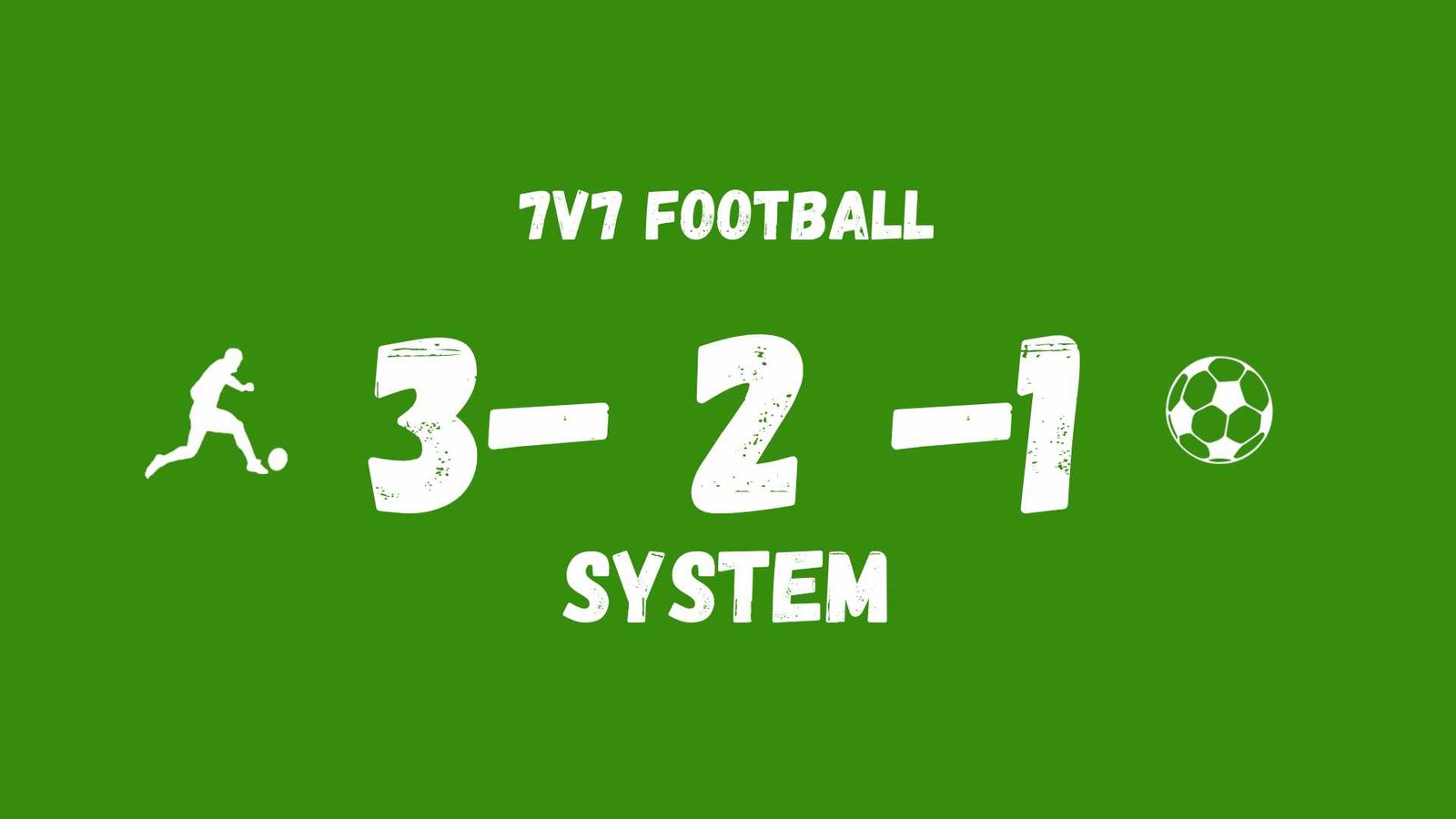
Play to listen to the article.
By Rudy Glez
1v1Academy. An Online Soccer Academy
If you’re a soccer coach looking to implement a new formation or a player seeking to expand your knowledge of soccer tactics, consider the 3-2-1 soccer formation. This formation has gained popularity recently due to its simplicity and effectiveness.
What is the 3-2-1 soccer formation?
The 3-2-1 soccer system is a formation that features three defenders, two midfielders, and one forward. This Football formation is designed to provide a balanced approach to the game, with a solid defensive presence and the ability to create scoring opportunities. The three defenders form a solid backline that can prevent the opposing team from scoring. The midfielders and one forward work together to create chances and score goals. The lone striker can work with the two midfielders to create scoring opportunities, or they can take on opposing defenders independently.
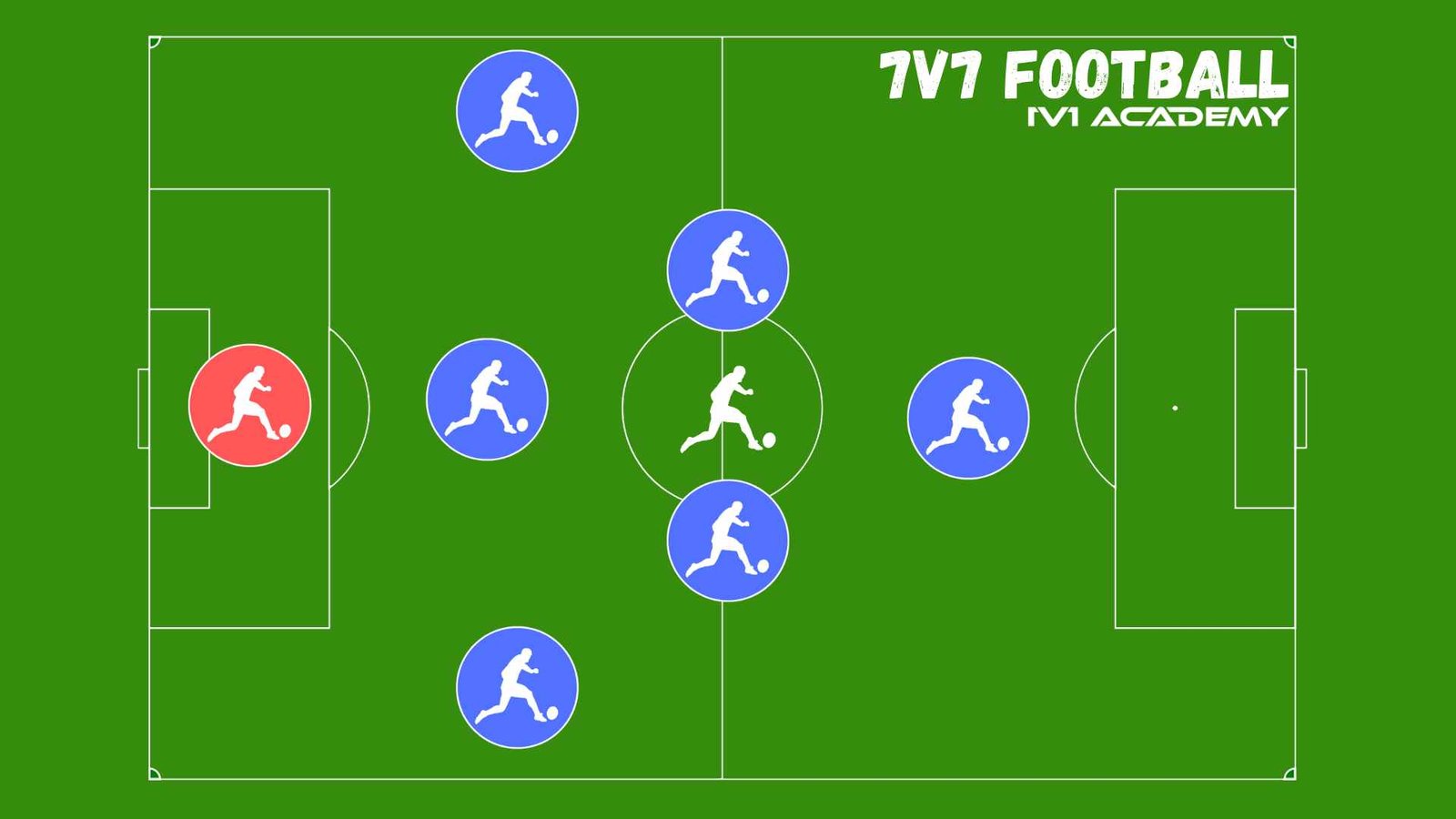
How does the 3-2-1 soccer formation work?
The three defenders in the 3-2-1 soccer formation play a crucial role in protecting the goal. They work together to form a solid defensive line, preventing the opposing team from scoring. The two midfielders provide support for both the defense and offense, helping to transition the ball from defense to attack. The lone striker upfront is responsible for scoring goals and creating opportunities for the team.
How can I implement the 3-2-1 soccer formation with my team?
Implementing the 3-2-1 soccer formation with your team is relatively straightforward. Start by explaining the roles and responsibilities of each position to your players. Next, practice defensive drills to ensure your defenders work together as a cohesive unit. Finally, work on offensive strategies to help your striker score goals.
What strategies should I use with the 3-2-1 soccer formation?
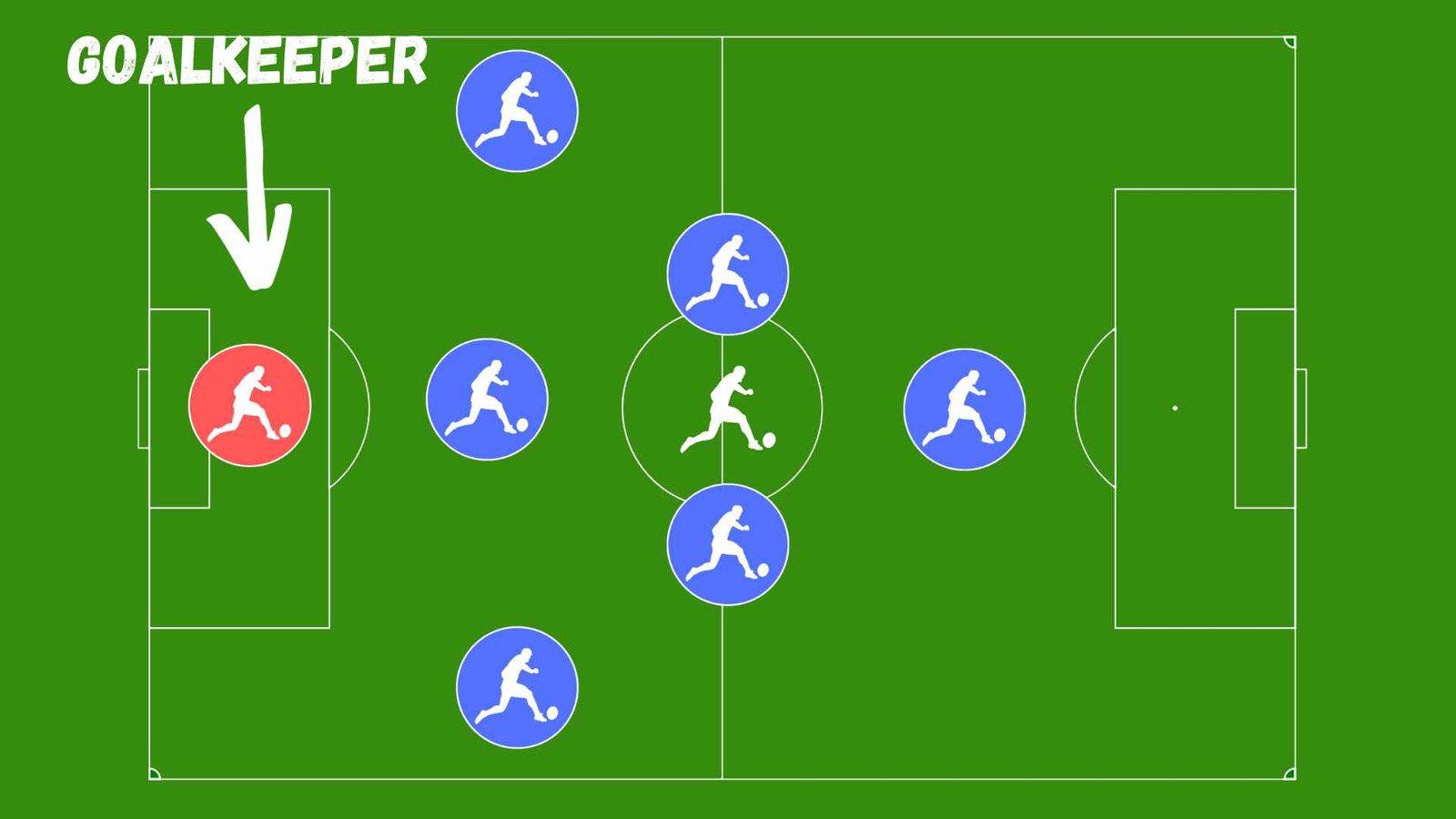
One strategy to consider when using the 3-2-1 soccer formation is the counter-attack. With a solid defense in place, your team can quickly transition the ball from defense to offense and catch the opposing team off guard. Another strategy is to focus on possession. With two midfielders providing support, your team can try to keep the ball to have the control of the game by playing possession and try to create many scoring opportunities.
How can I adjust the 3-2-1 soccer formation to fit my team’s strengths and weaknesses?
One of the great things about the 3-2-1 soccer formation is its flexibility. You can adjust the formation to fit your team’s strengths and weaknesses. For example, if your team has strong midfielders, you can try adding an additional forward to the formation and play a 3-1-2 system. Alternatively, if your team has a weak defense, you may want to add an additional defender and change to a 4-2 system by having the center forward play defense. You can also adjust easily to a 3-3 formation by moving your forward to the middle.
The 3-2-1 soccer formation is a simple yet effective tactic for both beginner and experienced teams. By implementing this formation, your team can create a strong defense while still providing support for the offense. Additionally, the formation is flexible, allowing you to adjust it to fit your team’s strengths and weaknesses.
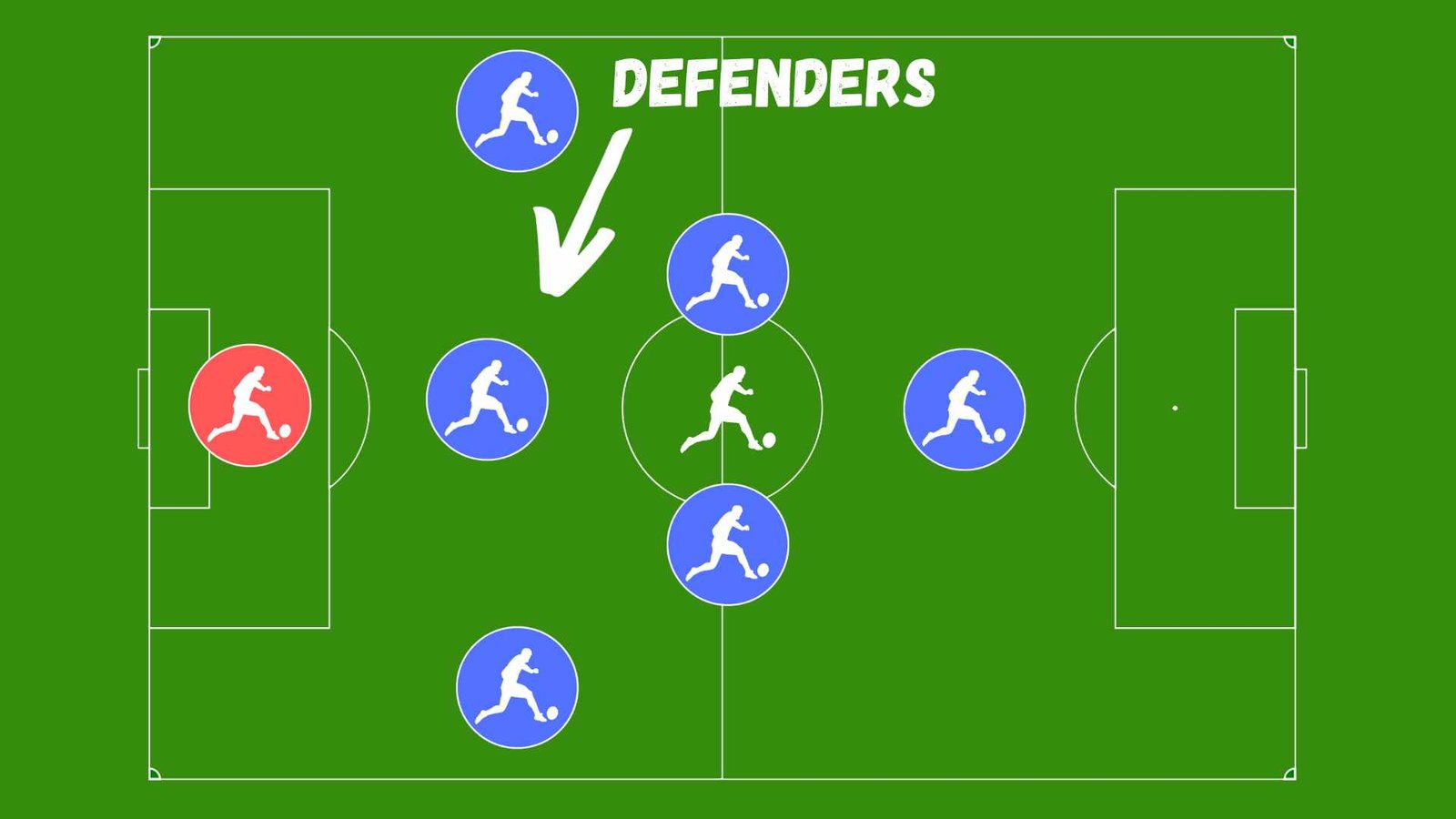
Soccer coaches looking to incorporate the 3-2-1 format into their training and development programs can benefit significantly from its versatility. This formation can help teams maintain a balanced approach to the game and can be adapted to suit different situations and opponents.
The 3-2-1 soccer format is a popular formation that can help teams maintain a solid defensive presence while still having the ability to attack. This flexible formation can be adapted to suit different playing styles and strengths. As a soccer coach, incorporating the 3-2-1 Soccer format into your soccer coach tactics can help your team become a more cohesive and effective unit on the field.
Recommendations on when to use or avoid the 3-2-1 Soccer formation.
Here are some recommendations on when to use and avoid this formation.
When to use the 3-2-1 soccer format:
- When you have a team of fast and agile players: The 3-2-1 soccer format is great for teams with speedy players who can quickly transition from defense to offense. This formation provides plenty of opportunities to launch counterattacks, catching your opponents off guard.
- When you want to dominate the midfield: The three midfielders in this formation can control the middle of the field, preventing the opposition from penetrating through the center. This allows your team to maintain possession and dictate the tempo of the game.
- When you want to create goal-scoring opportunities: The 3-2-1 soccer format is ideal for teams that want to score goals. With three attackers, your team will have more players in the opponent’s half, creating more chances to score.
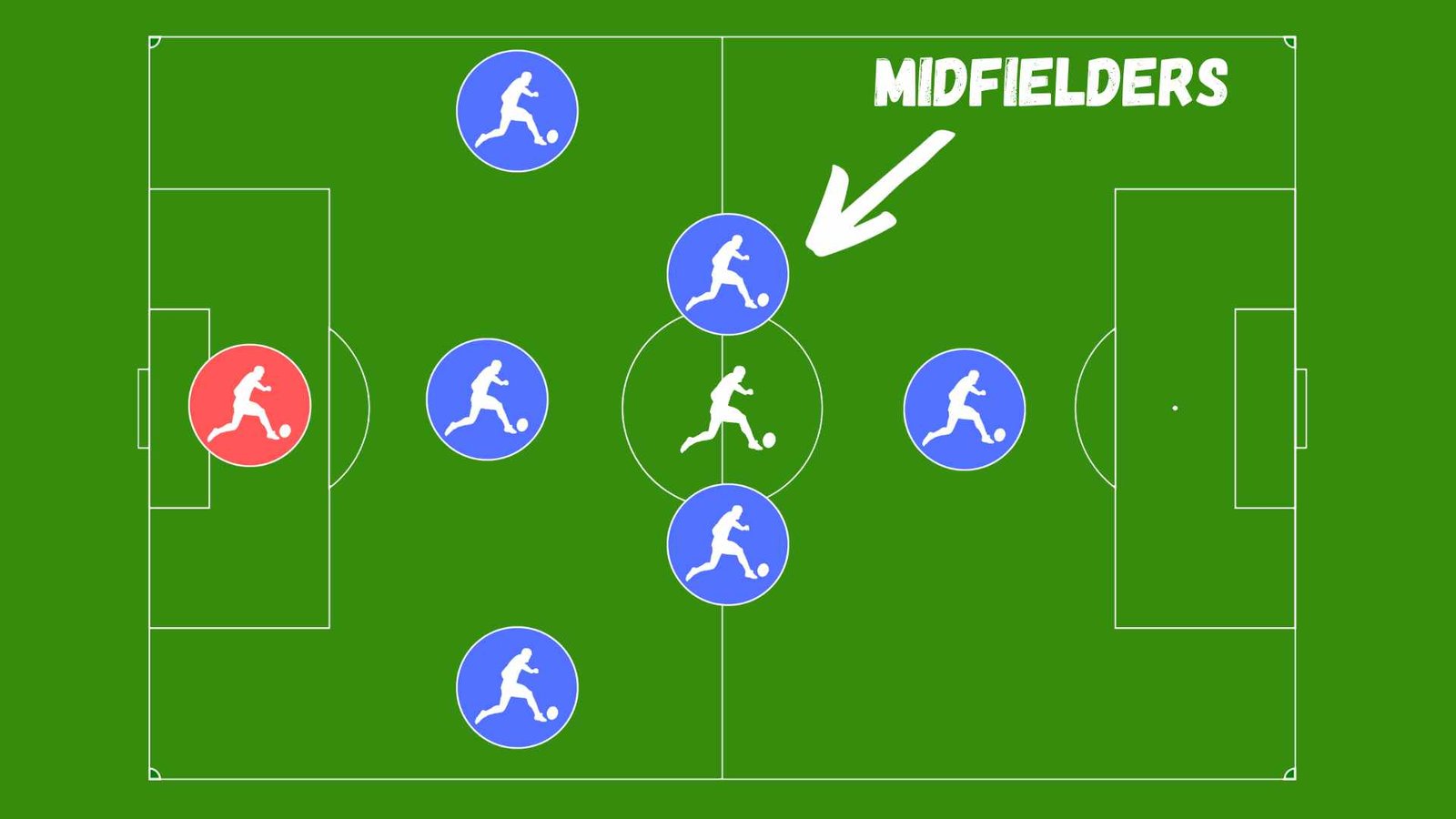
When to avoid the 3-2-1 soccer format:
- When you have slow defenders: The 3-2-1 soccer format requires fast defenders who can quickly track back and recover. If your team has slower defenders, they may need help keeping up with fast opposing attackers, leaving them vulnerable to counterattacks.
- When your team lacks midfielders: This formation requires three midfielders. If your team needs players with the skills to play in the middle of the field, you may need help maintaining possession and controlling the game.
- When your team lacks attacking options: The 3-2-1 soccer format may not be the best choice if your team lacks skilled attackers. Without talented attackers, your team may struggle to create goal-scoring opportunities, leaving you with a weak attack.
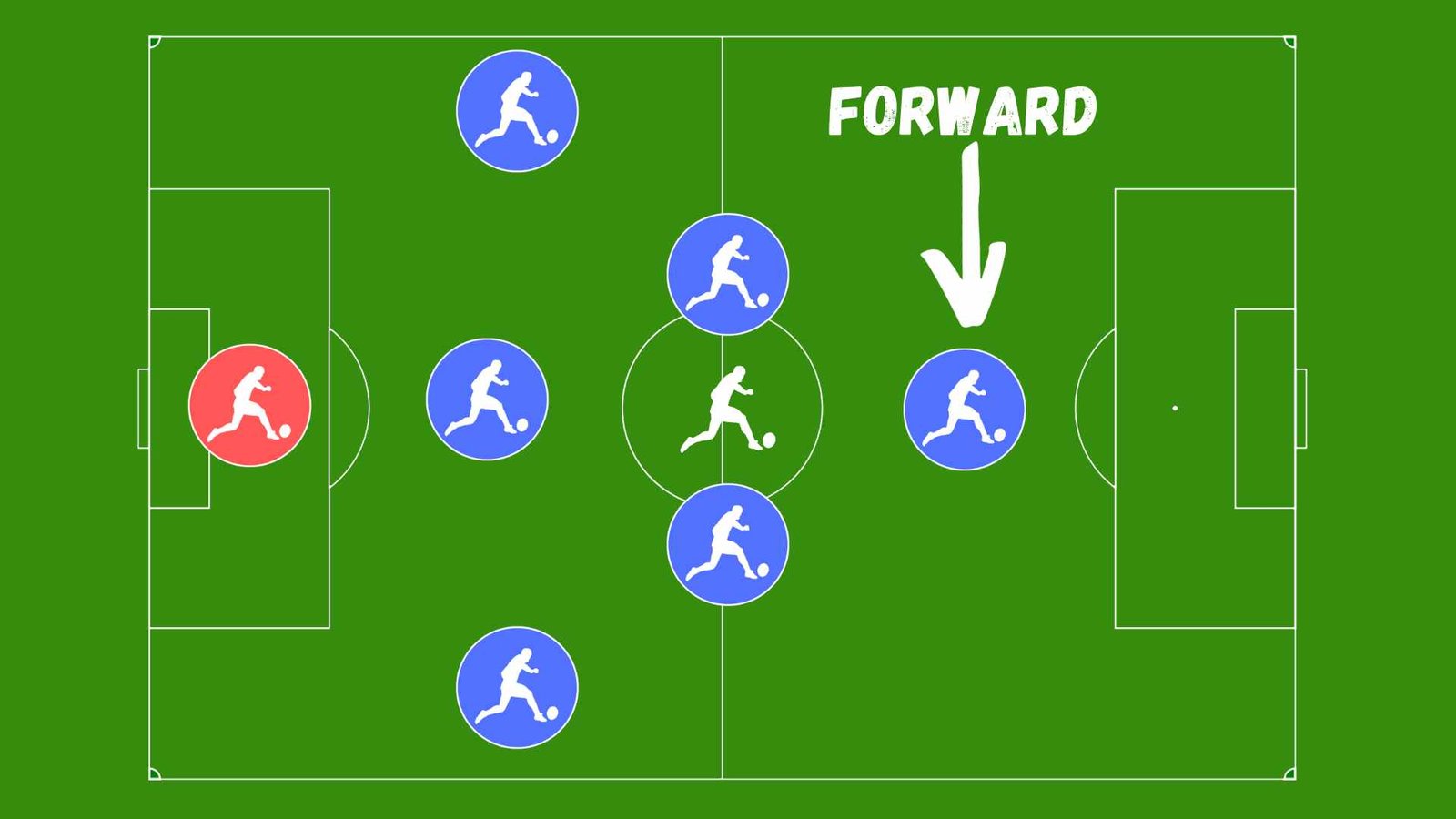
The 3-2-1 soccer formation is a highly effective and versatile tactical approach to help players and coaches gain a competitive edge on the field. Its flexibility allows for a range of strategic adaptations, making it an ideal formation for teams of varying skill levels and styles of play.
By studying the intricacies of the 3-2-1 formation, players and coaches can expand their knowledge and refine their tactical approach. This knowledge can translate into better team cohesion, more strategic gameplay, and, ultimately, more victories on the field.
To take your understanding of the 3-2-1 formation to the next level, we recommend you to invest in our comprehensive content.
1v1Academy. An Online Soccer Academy
